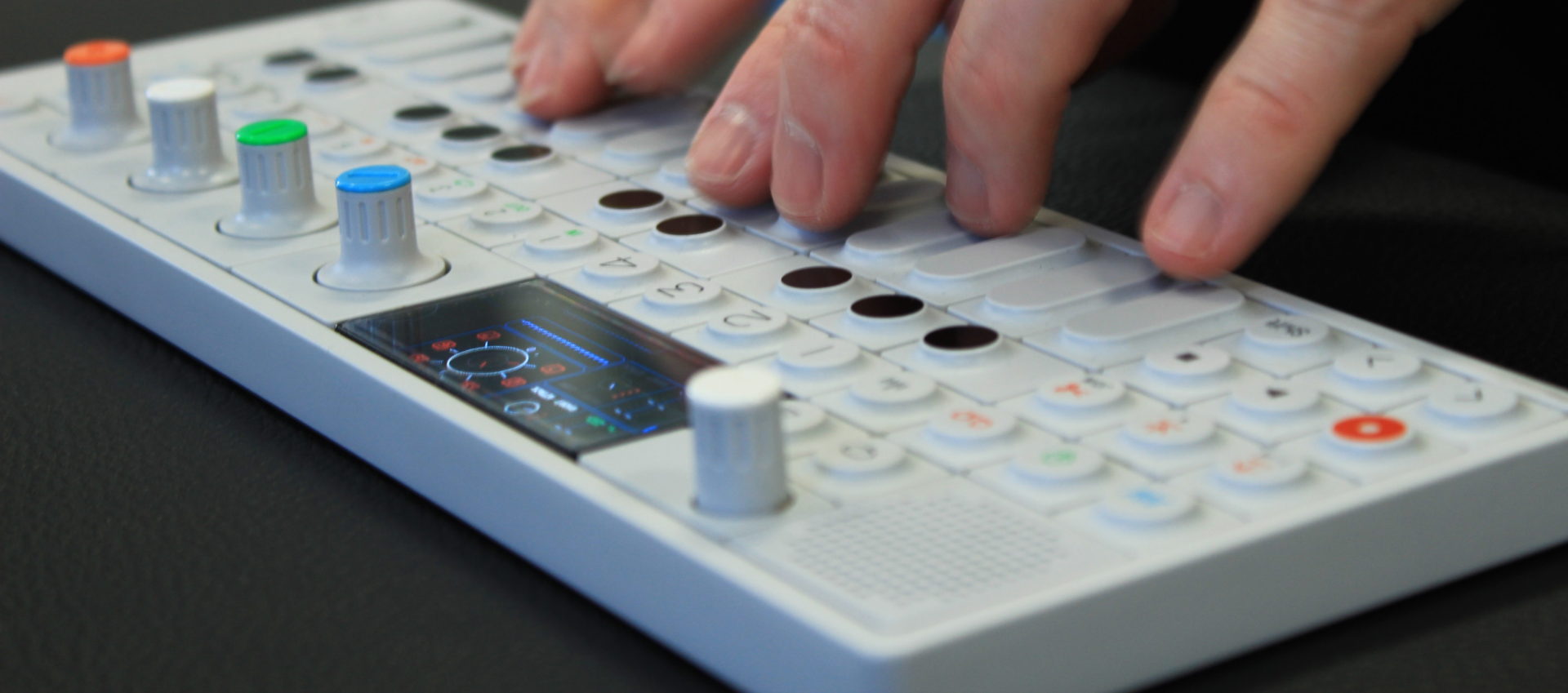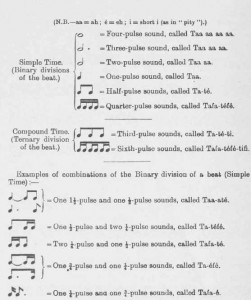I have been teaching a variety of rhythmic dictation methods from year 7 and up. I have also experimented with building smaller rhythm types up to more complex ones and finally, also integrating the french time names.
This year I am planning a ‘no holds barred’ approach by making my students aware of all rhythm types, subdivisions and french time names so that I can reinforce them in their performance repertoire, singing repertoire and theory work. Every aspect of rhythm will be taught alongside other musical activities to give my students a holistic grasp of the centrality of rhythm.
Kodaly adopted an approach that I have come to utilise in my classroom and it is also quite enjoyable for the teacher. Zoltan Kodaly, for early stages of music education, had students focus on learning a large repertoire of enjoyable songs and games. All with a pre-designed purpose to develop rhythm and pitch relevant to the next stage. I am not dealing with seven year olds, but I can apply the same principles with progressing (fun) repertoire. In addition, because I am in the classroom, I have the benefit of being able to instruct on theory, aural skills and performance from lesson to lesson.
Sources:
Edwin Gordon Learning Sequences in Music
Steven M. Demorest Building Choral Excellence
Deakin University Site Pedagogy and Teaching Techniques
Aural Culture based on Musical Appreciation Website
Lastly, if anyone is aware of a collection of WORLD RHYTHMS or BASIC RHYTHMS in .Sibelius or even WORD format please let me know.
I will be creating a collection of rhythms in Sibelius 6 to play games with all my classes. I can use examples from the cha cha to the waltz or even references from Stravinsky’s Rite of Spring or Ravel’s Bolero to play rhythmic bingo or have my students compose a tune at the beginning of each lesson.
Keep an eye on this space for big changes to the website and more teaching content!

